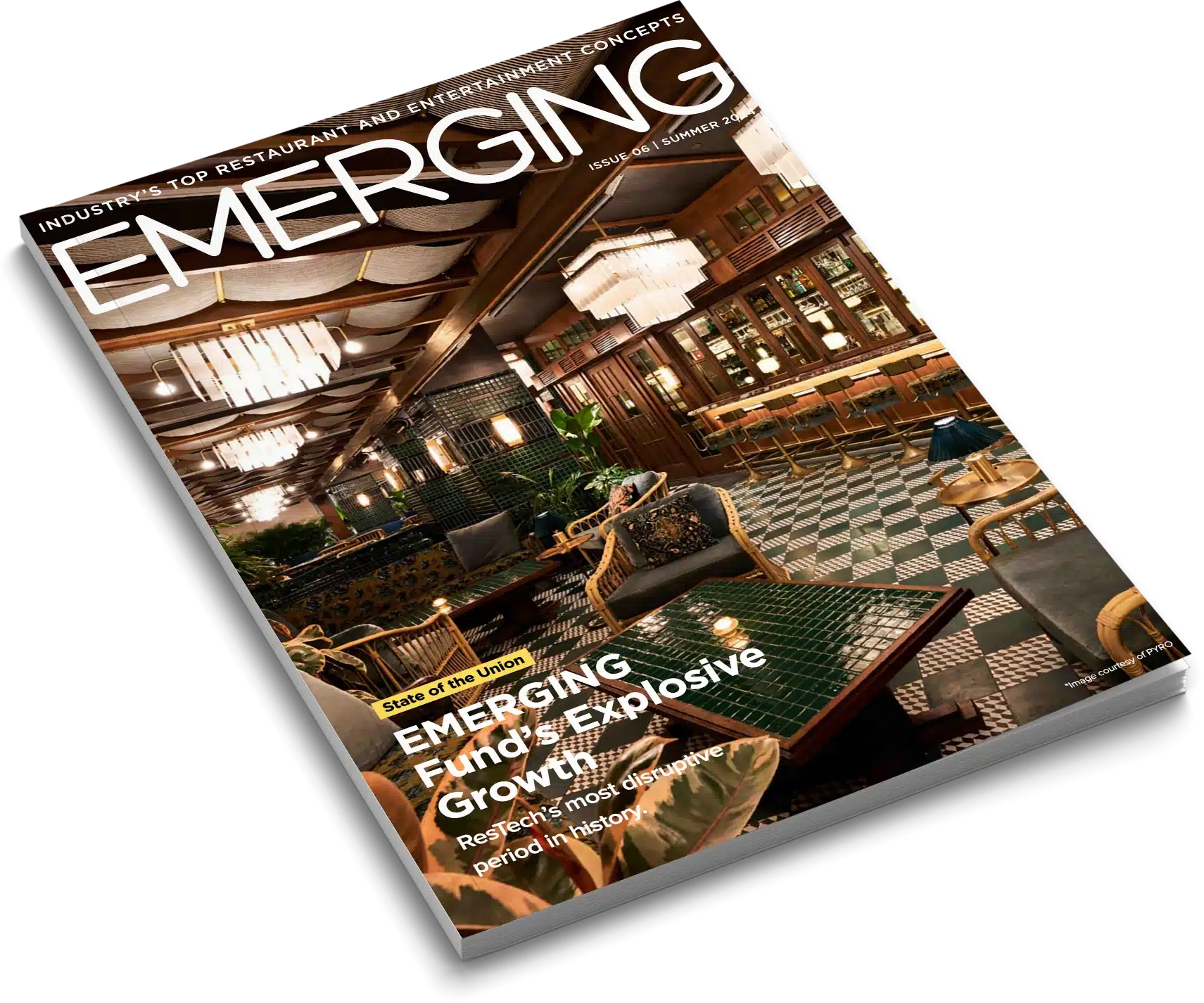In this, the first of a three-part series on the race between ghost kitchens and traditional restaurants, we’re taking a deep dive into ghost kitchens. What, exactly, are they, and what benefits do they bring to operators and the people they serve?
Let’s find out.
What’s a Ghost Kitchen, and Why Are They So Popular?
You’re hungry, you open an app, and boom—your favorite burger is on the way. It arrives hot and fresh at your door, but here’s the twist — the restaurant that made it doesn’t have a dining area, servers, or even a sign outside. It exists only in a kitchen, making food just for delivery. That’s a ghost kitchen!
A ghost kitchen (also called a virtual kitchen, cloud kitchen, or dark kitchen) is a restaurant without a physical space for customers. There are no tables, no dine-in service, and sometimes, no storefront. Instead, these kitchens focus entirely on making food for online orders—relying on specialized catering equipment that helps them prepare large volumes of food quickly and efficiently—which are then picked up by delivery drivers and sent straight to hungry diners.
Ghost kitchen brands are changing the restaurant industry by allowing multiple brands to operate from the same kitchen. For example, one commercial kitchen might serve fried chicken under one virtual brand and pasta under another, all without a physical restaurant. This ghost kitchen concept helps businesses reach customers more effectively and test new menus without high-risk investments.
Virtual restaurants take this idea further by providing a shared space where multiple restaurants or food entrepreneurs can prepare food. Unlike traditional restaurants, these kitchens exist solely in the digital space, relying on online delivery platforms to attract customers. Many restaurants, including existing restaurants in cities like New York and San Francisco, are adopting this business model to expand their food service operations with lower operational costs.
The Rise of Online Food Ordering
Ghost kitchens are booming because food delivery is more popular than ever. Apps like Uber Eats, DoorDash, and Grubhub have made it super easy to order meals with just a few taps on a phone. Many people love the convenience of getting restaurant-quality food without leaving their homes.
In fact, food delivery services have become a normal part of life for millions of people, especially after the pandemic changed how we eat. Many restaurants noticed this shift and realized they didn’t need a fancy dining room to sell great food.
That’s when the ghost kitchen model took off. Instead of spending thousands (or even millions) on a traditional restaurant, owners could open a ghost kitchen with just a small kitchen space, some cooking equipment, and an online menu.
The Perks of Running Ghost Kitchens or Virtual Restaurants
Ghost kitchens offer many advantages, especially for restaurant owners and food lovers who prefer delivery.
- No need to rent a big physical location or hire front-of-house staff. This makes it a cost-effective way to start a restaurant business online.
- Opening a brick-and-mortar restaurant can take months or years, but a ghost kitchen can launch in weeks.
- Restaurant owners can change menu items quickly, test new food ideas, or even run multiple brands from the same kitchen.
- Since ghost kitchens don’t have dine-in customers, they can focus on making sure food travels well and arrives fresh.
- Since they are based in a digital space, ghost kitchen brands can serve a larger area without needing multiple physical restaurants.
- Because they cut costs and require less space, ghost kitchens are a great way for many restaurants to experiment with new menus.
Why Virtual Kitchens Aren’t Always a Recipe for Success
Even though ghost kitchens are growing fast, they’re not perfect. There are some challenges to consider.
- Unlike traditional restaurants, ghost kitchens don’t benefit from foot traffic or people who step foot inside to eat.
- Many third-party delivery apps charge big fees, which can make it hard to make a profit.
- There’s no face-to-face interaction with customers, making it harder to get direct customer feedback and build loyalty.
- With so many ghost restaurants popping up, standing out and attracting customers can be tough.
- A ghost kitchen depends on online ordering and delivery platforms, and if those fail, business can stop completely.
- Without a physical restaurant presence, it can be harder for ghost kitchen brands to reach customers and build a strong online presence.
Ghost kitchens are shaking up the restaurant industry, offering a fresh way to serve food in a world that loves online delivery. But are they better than traditional restaurants? That’s a debate we’ll explore next!
* Jose Chavez, Chef and Blog Growth Expert



